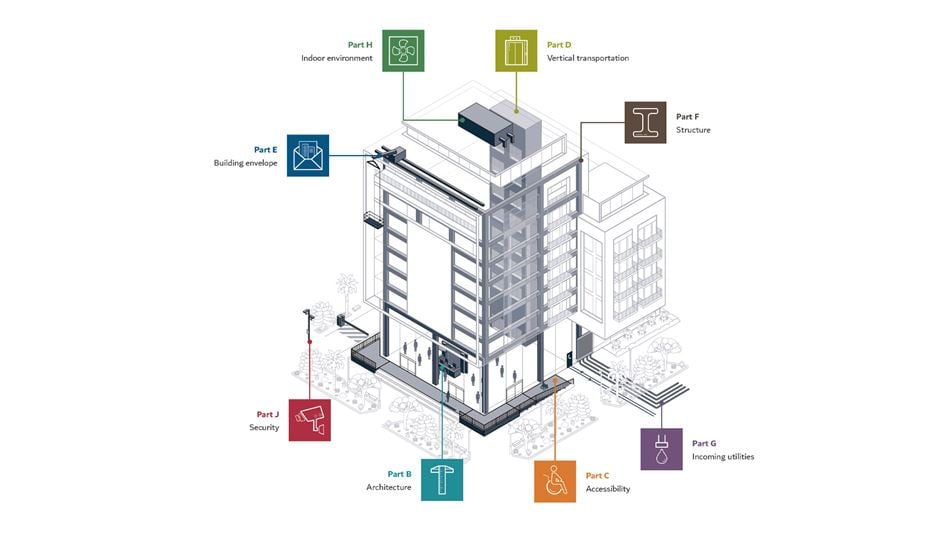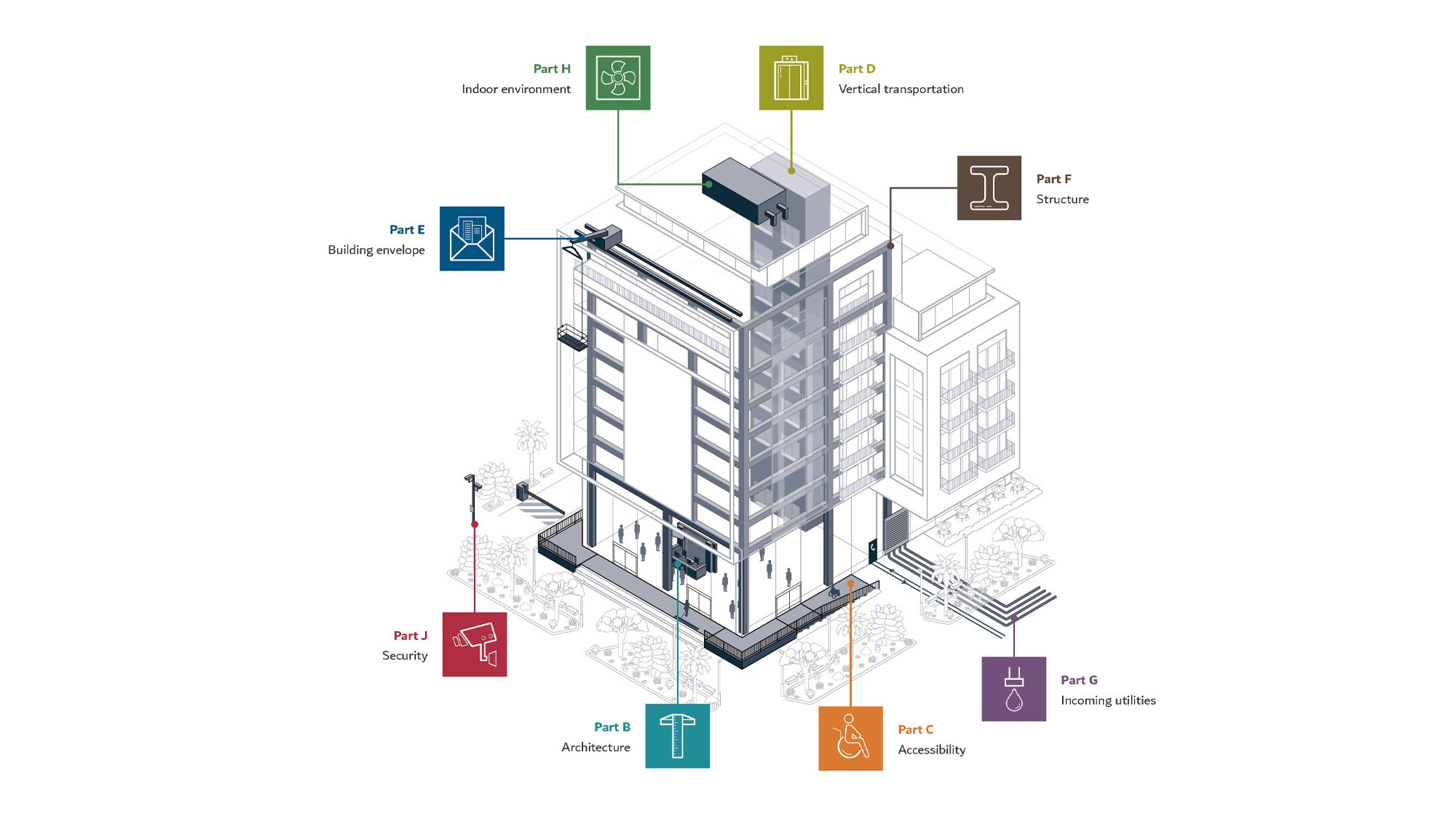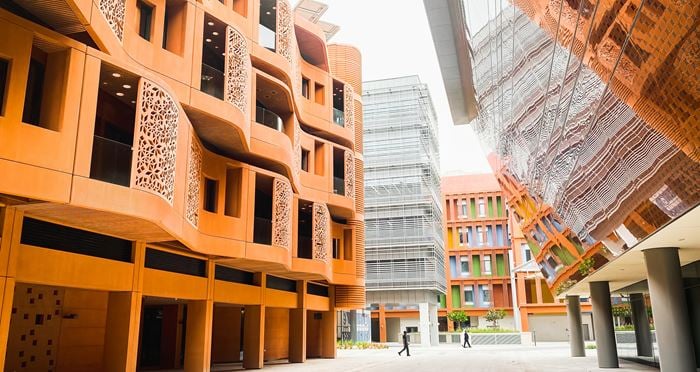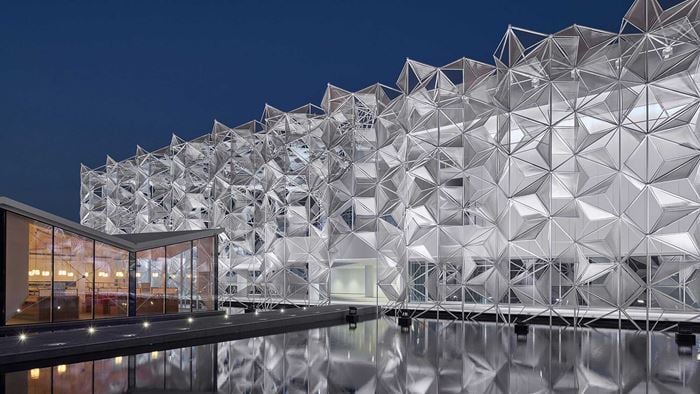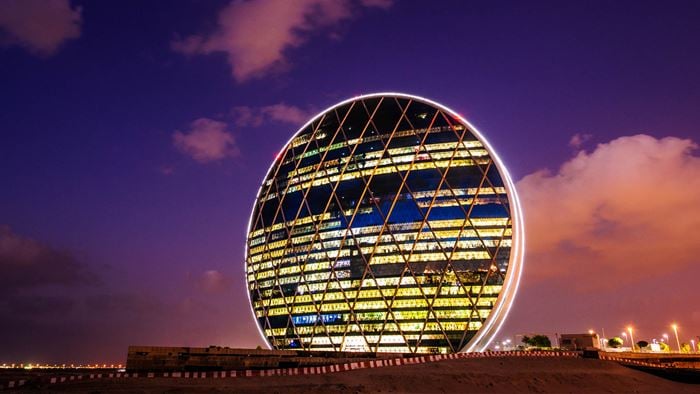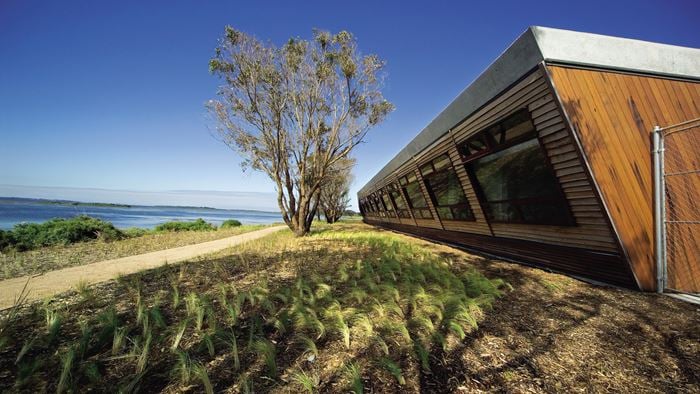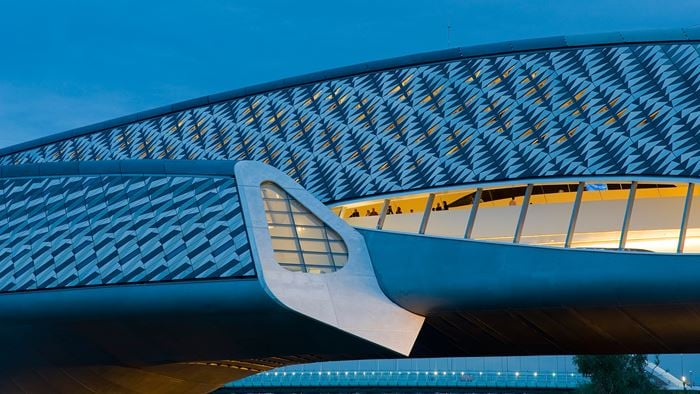Dubai Government commissioned the Dubai Building Code (DBC) to unify design requirements and make the design process simpler for developers, design teams and other stakeholders in the construction industry.
The Dubai Building Code is a result of a collaboration between Dubai Building Code Committee, Arup, Gensler, and the British Standards Institution (BSI). As lead consultant, our role was to manage the project, develop the code’s design and engineering content, agree the content with all local authorities and service providers and finally to illustrate, publish and translate the final code.
Arup brought local knowledge and code development knowhow as well as international subject matter expertise in all aspects of engineering within buildings and the built environment.
Consolidating design standards into a single code
Our team assessed and tested Dubai’s array of building design requirements, advising on the regulations to be removed but also those to be retained or amended for safety, wellbeing and to improve the sustainability and performance of Dubai’s buildings. For example, wind and seismic loading requirements were optimised based on Dubai specific data and research to reduce construction materials and embodied carbon.
The new DBC embeds sustainability requirements within each code part rather than having a standalone chapter with discrete sustainability requirements. This arrangement of the code requirements supports a coordinated and holistic approach to sustainable design. Benchmarking to international codes and engaging with Dubai’s authorities and service providers was essential to establishing a common vision for the code’s objectives, scope, and content, ensuring that the code requirements benefit from international best practise but are also specific and appropriate to the Dubai market.
Identifying gaps to meet the sustainability challenge
In addition to bringing together existing codes for building design, our team also identified gaps in the city’s existing regulations and offered guidance to fill these. For example, specific guidance for design of building envelopes was limited. Recognising the vital role of the building envelope in a building’s energy performance the Arup team introduced a dedicated section to this topic in the new code and agreed enhanced performance criteria to reduce heat gain and energy losses.
Shaping Dubai’s skyline for decades to come
The DBC is the first edition of the code and provides a baseline for future code development as the city grows and responds to future change.
Since launching in January 2022, the DBC has already been applied to major projects across the city, such as the prestigious Palm Flower residential building.
To simplify design and approvals for the most common building typologies, the DBC is intended to be a prescriptive design code. However, performance statements are provided at the start of each Part to describe the outcomes that the completed building is expected to achieve. The performance statements form a set of overarching regulations that convey the requirements of the DBC and allow alternative design solutions where a project cannot reasonably meet the prescribed requirements.
.jpg?h=1125&w=2000&hash=60A356001CF683A7CA2BF361ABF86495) ;
;

